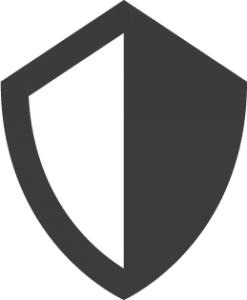Type of response:






Syria remains a complex humanitarian and protection crisis compounded by over ten years of hostilities, protracted displacements and prolonged consequences, including the destruction of civilian infrastructure and violation of international humanitarian and human rights law. In 2022, 14.6 million people are in need of humanitarian assistance, an increase of 1.2 million from 2021. Children are among the worst affected by the ongoing conflict in Syria, representing 45% (6.5 million) of the total number of people in need in Syria (HNO 2022).
In NWS, armed hostilities, airstrikes and shelling continue to persist daily. The families have undergone complex and often repeated displacement. In October 2021, 2.8M IDPs in NWS, and 60% were registered in camps reported the Global Camp Coordination and Camp Management Cluster. In their November 2021 ISIMM matrix, the Cluster indicated that of 1,407 IDP sites, only 265 of them provided education, while 513 did not, and the remaining 631 sites had no information on protection, health or education. An estimated 28% (Idleb) and 26% (Aleppo) of children are not enrolled in school (HNO 2022).
The activities in NWS include:
In the NES, displacement and economic crisis, on top of conflict and prolonged underinvestment, have left 1.6 million vulnerable to life-threatening risks. An estimated 631,000 people remain displaced – over half are women and children (HNO 2022).
The activities in NES focus on the following:
Save the Children
Laan van Nieuw Oost-Indië 131-k
2593 BM Den Haag
The Netherlands
Chair organisation: Plan International
E: office@dutchrelief.org